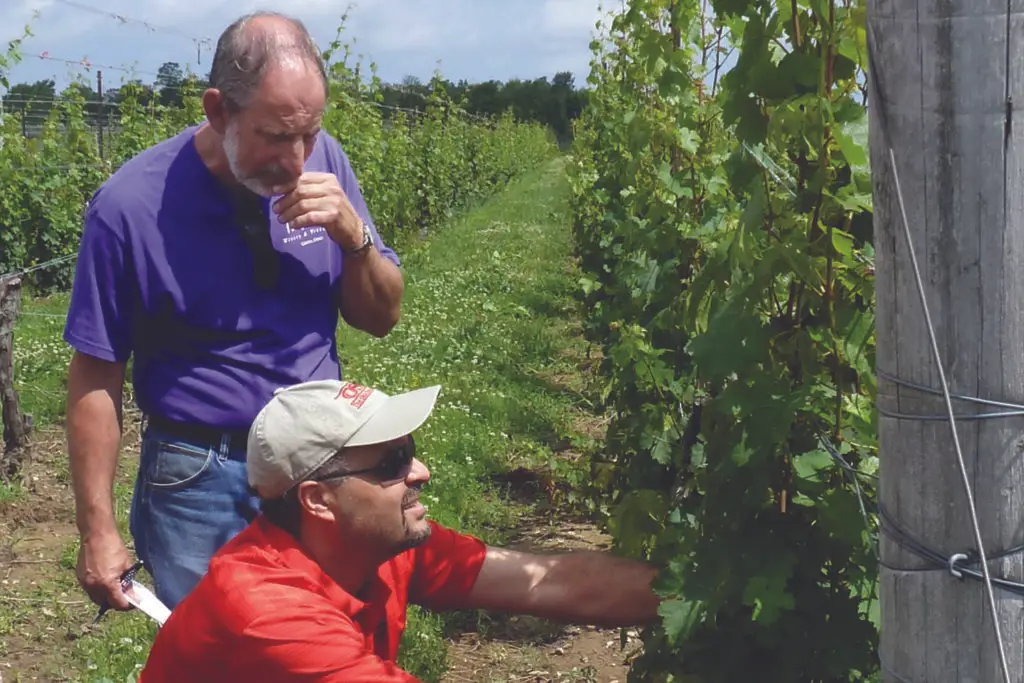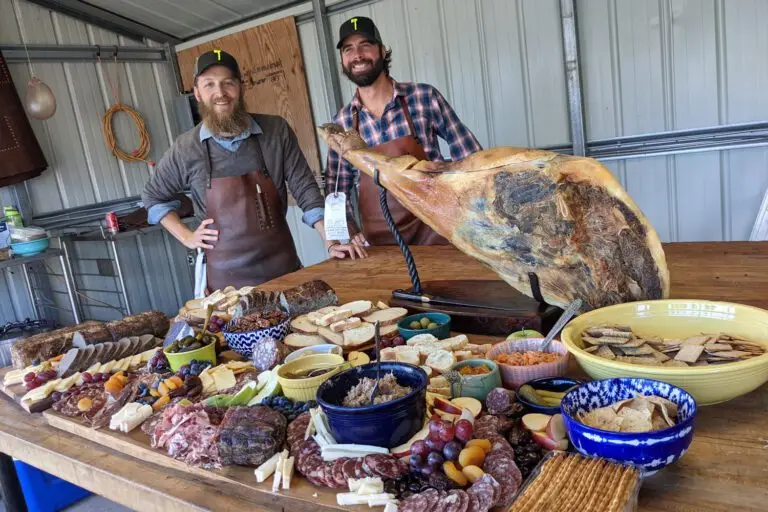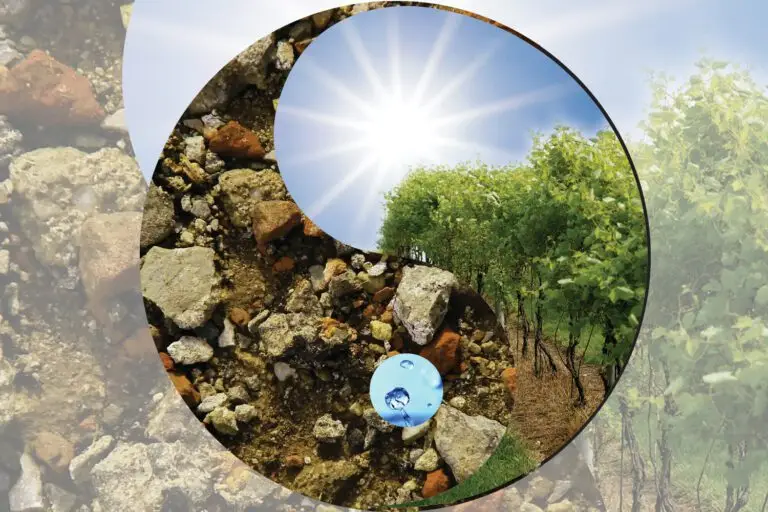Ohio Vineyards Have Faced Devastating Weather Patterns
Cool-climate winegrowers face the major challenge of sub-zero temperatures that destroy buds, decimate fruit and potentially can kill grapevines.
Ohio saw two back-to-back vintages that challenged their vines: a Polar Vortex in 2014 and record-low temperatures in 2015. Both devastated crop yields and vines. Moving forward has not been easy, but Ohio vintners are a passionate, hardy bunch.
A Polar Vortex describes an extremely cold air mass over the Arctic that is usually confined near the pole due to the jet stream’s high-speed winds. When the weather allows a shift of these cold air masses southward, the effect is similar to leaving your freezer door open: sub-zero air infiltrates normally temperate regions.
Native varietals and French/American hybrids handle extreme cold better than the European vinifera vines, though damage in these years was widespread in most varietals.
In 2014, a Polar Vortex struck when there was little snow cover on the ground, a combination that killed a lot of vinifera vines. The average winery’s vine loss reached $164,000, Ohio State University researchers say, and the monetary loss of potential wine was significantly more. This eliminated total crops for many growers and ensured the 2013 vintage had to last until the release of the 2015s to maintain brands in the consumer’s awareness.
Then in 2015, bitterly cold temperatures returned, although this time around, snow cover helped insulate the vines. A small crop was set by many growers, but, with two dreadful vintages in a row, it would take many producers almost three years to recover.
Some wineries raised prices to compensate for loss of income. Others brought in wines from outside sources with more consistent growing conditions. Some wineries carefully allocated inventory, since 2013 was, fortunately, a bumper crop.
Ohio grape-growers were also hit by two blasts of extreme cold in late January of 2019. Fortunately, both were much shorter in duration than in 2014 and 2015. Some minor damage has been confirmed in vineyards, but the damage seems to be limited to just buds rather than to canes or vine trunks.
So where do the producers go from here? Joe Juniper, Vermilion Valley Vineyards partner and board member of the Ohio Wine Producers Association, says there are several actions grape-growers can take that can prevent future disasters:
- Diversify plantings: A wider array of varietal plantings will help to ensure having several wines each year that are exceptional, with the others being quite good to fine. The superb wines will vary based on the growing season.
- Commit to basic vineyard maintenance: Hilling up soil over the vines in the fall and uncovering them in the spring is tedious work. However, even three inches of soil can raise temperature of covered vines by 30 degrees. Typically, extreme vine-killing temperatures occur on average every 13 to 20 years. It is a solid insurance policy to properly hill up the vines annually to ensure established vines survive.
- Encourage more vineyard plantings: While Michigan has an average ratio of 21 acres of vineyards to each winery, Ohio has a ratio of one to one. Increasing Ohio vineyard acreage will build demand for Ohio products, ensure profitability through authenticity of origin and free Ohio wineries from dependence on fruit from other regions.
- Breed appropriate hybrids that work in our specific climate: Hybrids need to be developed for the variable Ohio climate to produce fine wine in variable vintage conditions. Many of the existing cold-hardy hybrids are fine in consistently cool climates, but Ohio occasionally has hot summers more akin to Napa Valley. Cool-climate hybrids that are successful in our variable climate are needed.
Photo: Dr. Imed Dami, professor at The Ohio State University and Nick Ferrante (standing), winemaker at Ferrante Winery assess grapevines for winter damage.





